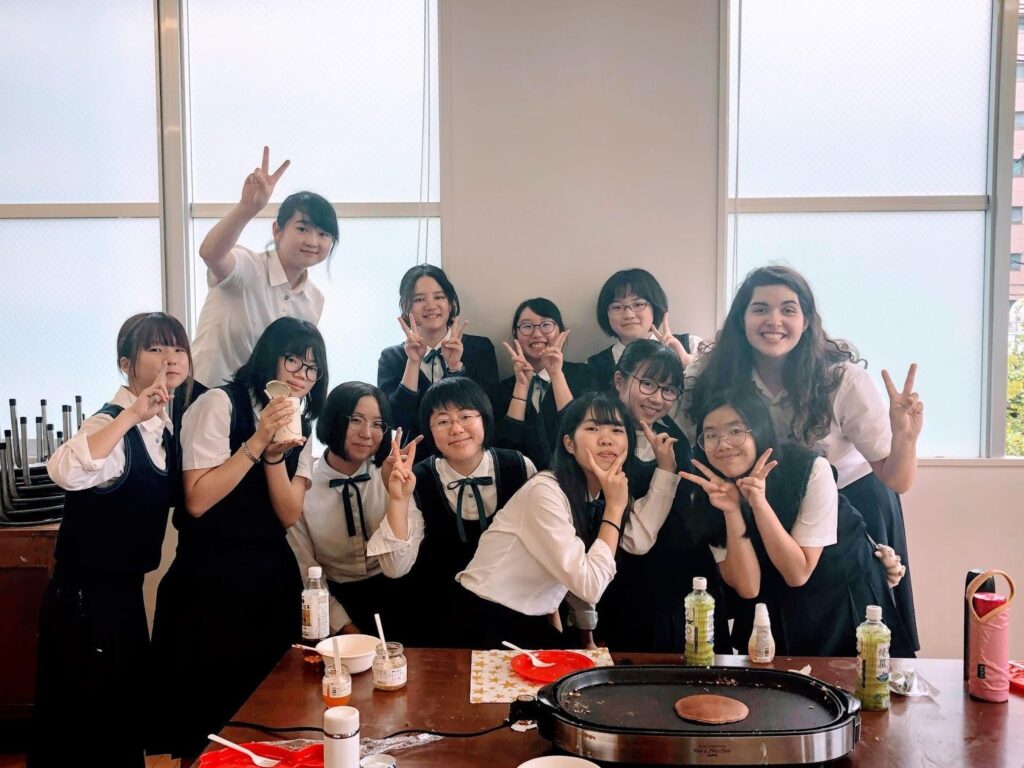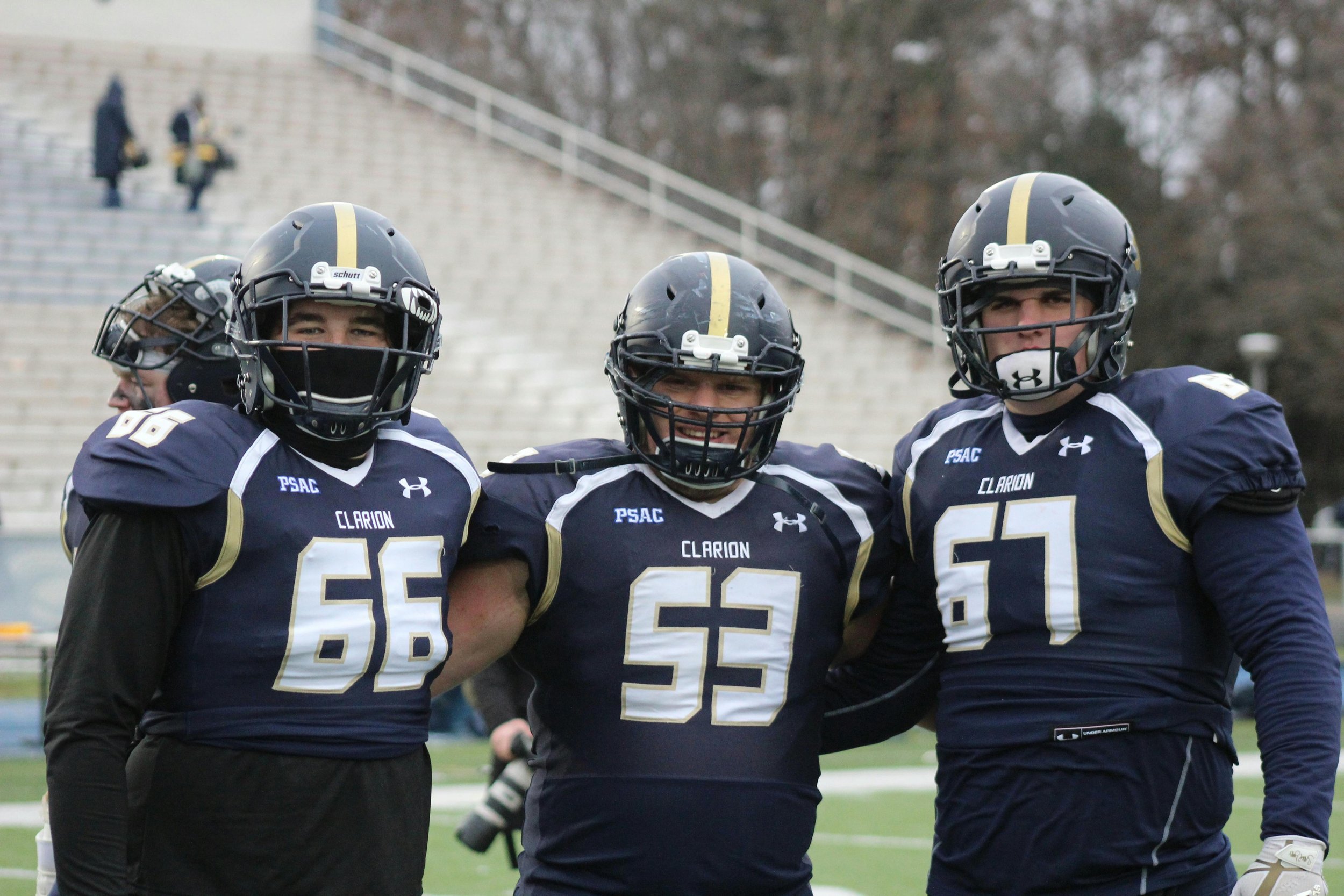Education systems around the world vary significantly, and an intriguing comparison lies between Japanese and American schools. From teaching methodologies to cultural influences, let’s explore the key differences that shape the educational experiences in these two countries.
1. Structure and Duration
Japanese schools typically have a longer academic year, with the school year beginning in April and ending in March. The academic calendar aligns with the fiscal year, emphasizing the societal importance placed on education. In contrast, American schools generally follow a September to June academic calendar, with a shorter summer break.
2. Uniforms vs. Casual Attire
A former YFU USA exchange student with her classmates in Japan.
Uniforms are a common sight in Japanese schools, fostering a sense of equality and discipline. The uniform tradition extends to most public and private schools. On the other hand, American schools, especially public ones, often do not have a standardized dress code, allowing for more individual expression through clothing choices.
3. Teaching Methodologies
Japanese education emphasizes group learning and cooperation. Students often work together to solve problems, fostering a strong sense of community. In the United States, individualism is more pronounced in the classroom. Group projects are common, but the focus on personal achievement and creativity is given significant importance.
4. Classroom Environment
A YFU USA exchange student teaches his class about his native country of Libya during a classroom presentation.
Classrooms in Japanese schools are often characterized by a high degree of discipline and respect for authority. Students are responsible for cleaning their classrooms and the school premises, promoting a sense of ownership and cooperation. In contrast, American classrooms typically have a more relaxed atmosphere, with students addressing teachers by their first names and janitorial duties being handled by custodial staff.
5. Examinations and Testing Culture
In Japan, a strong emphasis is placed on standardized testing, with entrance exams determining students’ future educational paths. This competitive environment can be stressful for students. In the U.S., while standardized testing is prevalent, the college admissions process considers a holistic view of the student, including extracurricular activities and personal achievements.
6. Extracurricular Activities
A group of American high school students before their football game.
Extracurricular activities play a vital role in both Japanese and American schools, but the nature of these activities differs. Japanese schools often have a wide range of clubs and activities, and participation is encouraged for personal development. In the U.S., extracurriculars are diverse, with sports, arts, and academic clubs contributing to a student’s well-rounded education.
7. Commute and Lunchtime
Many Japanese students commute to school by public transportation, fostering a sense of independence. In America, school buses are a common mode of transportation for students, especially in suburban and rural areas. Additionally, lunchtime in Japanese schools is a communal affair, with students eating together in their classrooms. In the U.S., students often have cafeteria-style lunches in a central dining area.
A group of Japanese classmates with a former YFU USA exchange student.
The differences between Japanese and American schools highlight the unique cultural and societal values embedded in their respective education systems. While both systems aim to prepare students for the future, the methods, structures, and priorities reflect the distinct approaches each country takes in nurturing its young minds. Understanding these differences not only sheds light on the global diversity in education but also encourages a broader perspective on how societies prioritize and shape the learning experiences of their youth.
Sources:
https://www.businessinsider.com/japanese-vs-american-schools-2014-7
https://www.sciencedirect.com/science/article/abs/pii/088303559593609Y





